How to automatically overclock Kaby Lake processors with DIP5
ROG forum guru Chino is back with a guide to automatically overclocking Kaby Lake CPUs. Check out his experience with DIP5 and a Core i7-7700K.

Overclocking is transitioning into the age of software automation. In the early stages, there was a certain reluctance to use such tools because they produced underwhelming results. But software overclocking has evolved significantly over the past couple of years. In fact, ASUS' own AI Suite has come a long way since its first release. Thanks to its Dual Intelligent Processors 5 (DIP5) functionality, we can say goodbye to predefined overclocking profiles, which were basically hit or miss, and say hello to a completely automated process that intelligently seeks out the highest speed possible with your individual CPU and cooling. Spending substantial time researching and modifying complicated settings in a boring BIOS interface is a thing of the past.
One of the Kaby Lake’s strong points is its high overclocking potential. Average Joes like you and I can potentially overclock our processor to 5GHz and brag about it. We can’t really expect all Kaby Lake CPUs to operate that that frequency, but if yours has the potential to reach 5GHz, DIP5 will help you get there. But first of all, let’s go through our checklist to make sure you have the right gear for the job. To make this guide work, you must own an overclockable K-series processor (Core i7-7700K, i5-7600K, or i3-7350K). The second requirement is a Z270 motherboard that specifically supports DIP5 functionality. Besides the Maximus IX Formula that’s featured in this guide, there are nine other models that you can choose from.

The last thing on our checklist—but definitely not the least important—is cooling. An aftermarket cooling solution is indispensable if you’re targeting the highest overclock possible with your processor. I cool my i7-7700K with the EKWB Predator 240 because it’s one of the better 240-mm AIO liquid coolers on the market right now. It should also give you a good idea of the overclock you can expect if you have a similar or better cooling solution.
Making AI Suite III do what we want

Since we’ll be using DIP5 to overclock our processor, we will need to open AI Suite III. You will notice four panels located at the bottom of the utility that constantly display the processor frequency, CPU core voltage, CPU temperature, and fan speed. This is helpful information that will aid us in our overclocking endeavor. So, let’s click the 5-Way Optimization icon to commence the DIP5 process.

Most of the settings can be left alone. Only the Target CPU Voltage tuning option requires your attention. I would recommend 1.35V as the maximum value if you’re using a high-end air cooler, 240-mm AIO liquid cooler, or better. For anything inferior, I suggest a value between 1.25V and 1.3V. Don’t forget to take your ambient temperature and case airflow into consideration as well. If neither is optimal in your situation, consider using a lower value than what’s suggested here.

We need to scroll down to uncheck a few options. By default, AI Suite III will automatically tune your fans and graphics card. If you’re focused on the CPU, you can untick those options. Leaving them ticked will add unnecessary tuning time to the overclocking process.

Once we’re done configuring the options how we like, we can proceed to pressing the red Start button. A new window will pop up describing the whole DIP5 process. Press the Yes button, and the system will restart to initiate the DIP5 tuning process.

At this point, DIP5’s built-in algorithm incrementally raises the processor’s frequency and core voltage while testing stability along the way. Overclocking results vary depending on the potential of your individual processor and the performance of your cooling system, so this is the best approach to finding the highest attainable frequency for your specific combination. Sit back and let DIP5 do its thing.

The entire tuning process typically takes less than 10 minutes. However, it can take longer if you let DIP5 tweak other aspects of your system—or if you extend the duration of the built-in stability test. When the process is completed, DIP5 provides a detailed report. It successfully pushed my CPU to 4.9GHz with one or two active cores and 4.8GHz with three of four active cores. Processors are typically capable of running at higher speeds when fewer cores are active, and DIP5 takes this into account by default.
The dreaded stability test

Everyone has their own preference regarding which software is best for stability testing. So, by all means feel free to use the one of your choice. I prefer ROG RealBench over other alternatives because, unlike most stress tests that put a synthetic workload on the system, RealBench uses real-world applications instead. In most situations, running RealBench’s stress test for two to four hours is a good indication that your system is stable for everyday usage. However, I only run it for an hour and call it a day. The rest of my stability testing is done outside the program with real-world usage. When you’ve chosen your desired duration for the stress test and the amount of memory corresponding to your system, press the Start button.

It is important to monitor the processor’s temperature during the stress test. Ideally, you want to keep it below 80°C, but there is no need to be alarmed if it’s slightly higher. Few of us run our processors at 100% utilization for prolonged periods of time. You should see lower operating temperatures in normal daily usage. As a preventive measure, you can monitor your processor’s temperature while using the system as you normally would.
Once you’re greeted with the Stress Test Passed! message from ROG RealBench, you’re basically done. You can go and enjoy your system… or pursue higher speeds by overclocking the processor manually. See our in-depth Kaby Lake overclocking guide for more details on pushing your CPU to its limits.
Author
Popular Posts

How to adjust your laptop's P-Cores and E-Cores for better performance and battery life
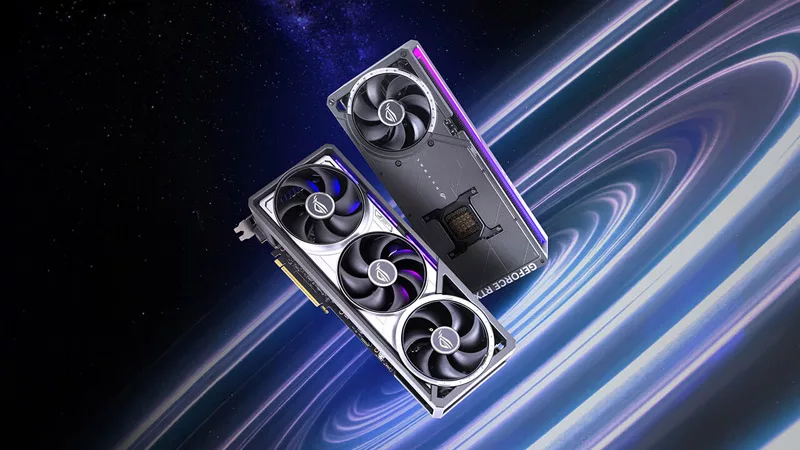
Introducing the ROG Astral GeForce RTX 5090 and 5080: a new frontier of gaming graphics

How to Cleanly Uninstall and Reinstall Armoury Crate
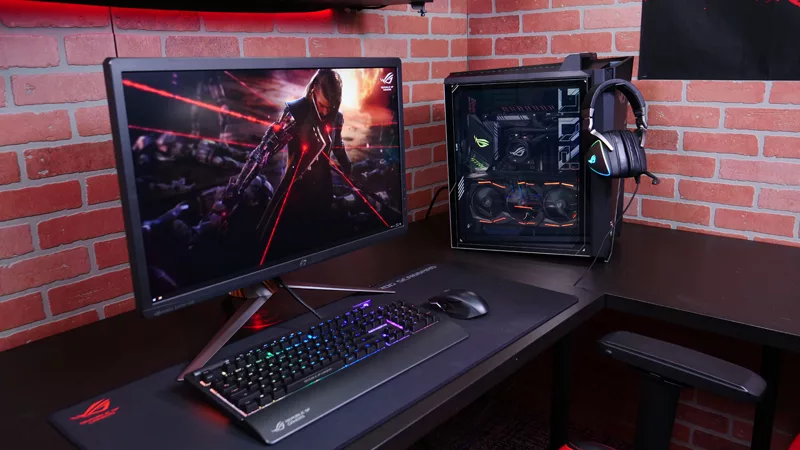
How to configure your PC's RGB lighting with Aura Sync
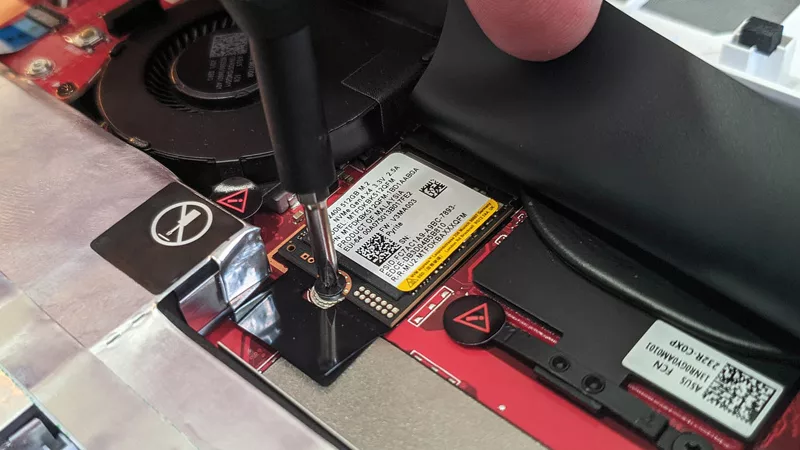
How to upgrade the SSD and reinstall Windows on your ROG Ally or Ally X
LATEST ARTICLES

See the mammoth ROG Dominus build that takes Intel's 28-core Xeon W-3175X to the Extreme
The ROG Dominus Extreme pushes the boundaries of PC performance in our awesome CES 2019 build.
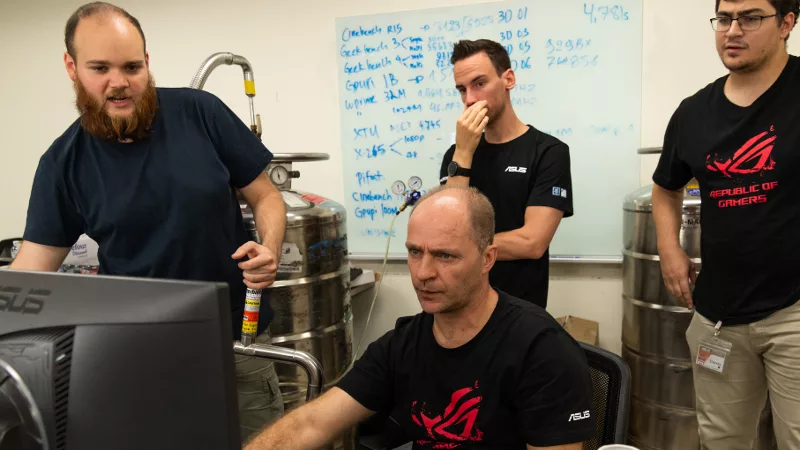
Breaking world records with the ROG Maximus XI Gene and the Intel Core i9-9900K
Tasked with pushing performance on the Z390 platform as far as possible, we invited the best overclockers to ROG HQ for a week of extreme overclocking.

How to overclock your system using AI Overclocking
AI Overclocking one-click tuning makes its debut on Z390 motherboards and we have a quick how-to guide to get you started.
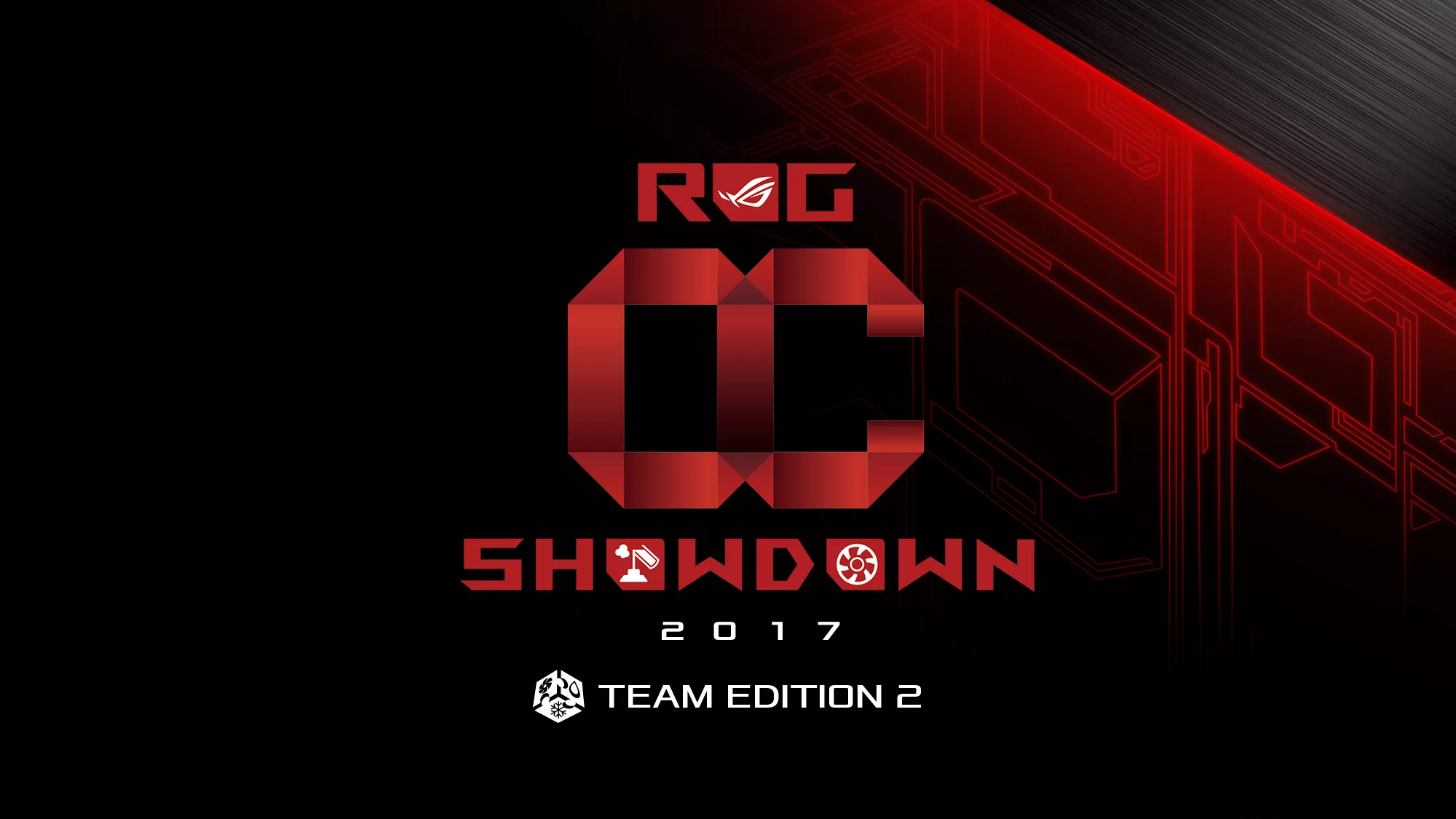
HW GURUS win the ROG OC Showdown Team Edition 2
The results are in from our second ROG OC Showdown Team Edition. See who posted the top scores.
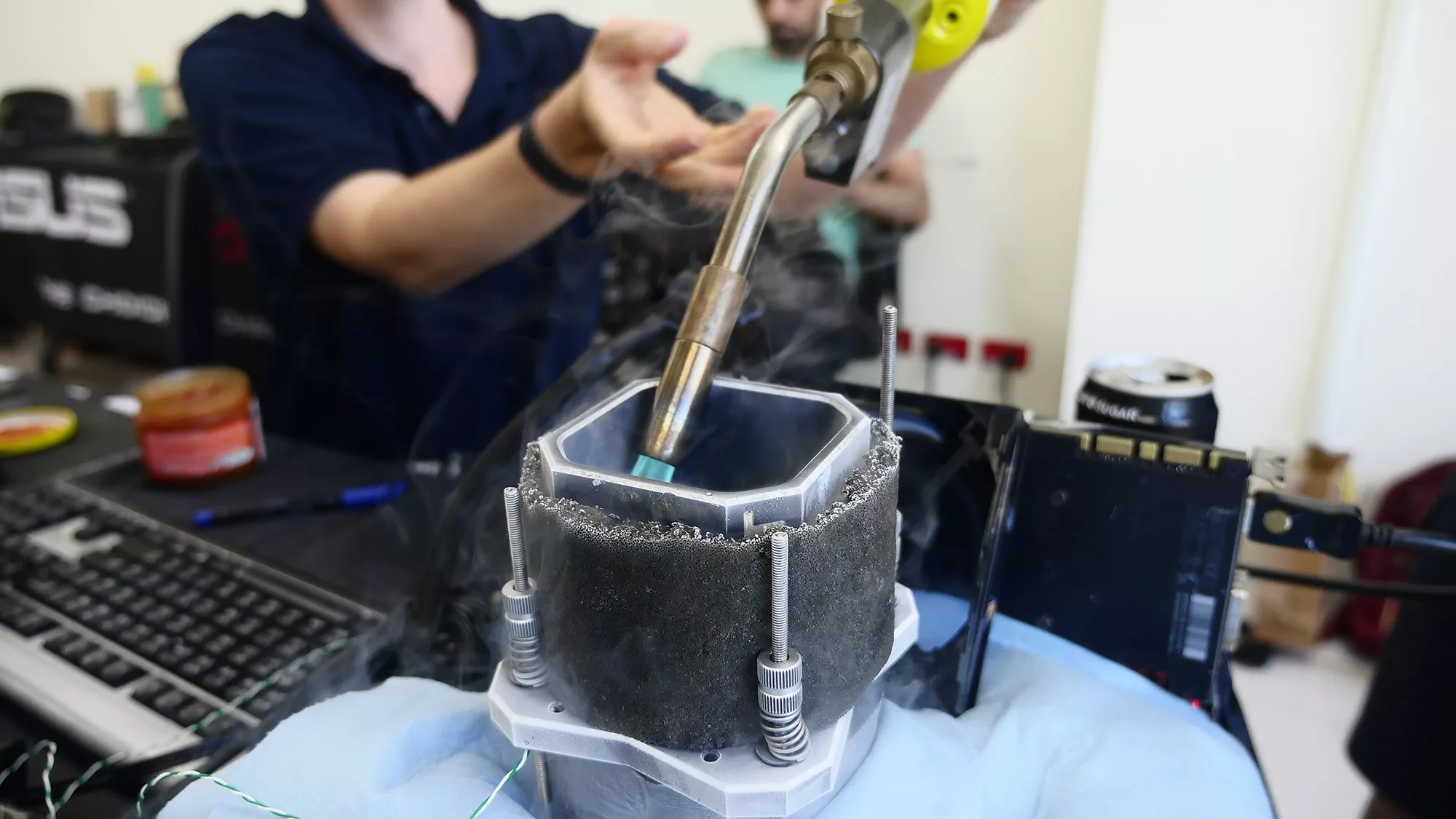
Breaking records with the Maximus X Apex and i7-8700K
ROG is obsessed with chasing the highest overclocks and fastest performance, and Coffee Lake is our new muse on the Maximus X Apex.
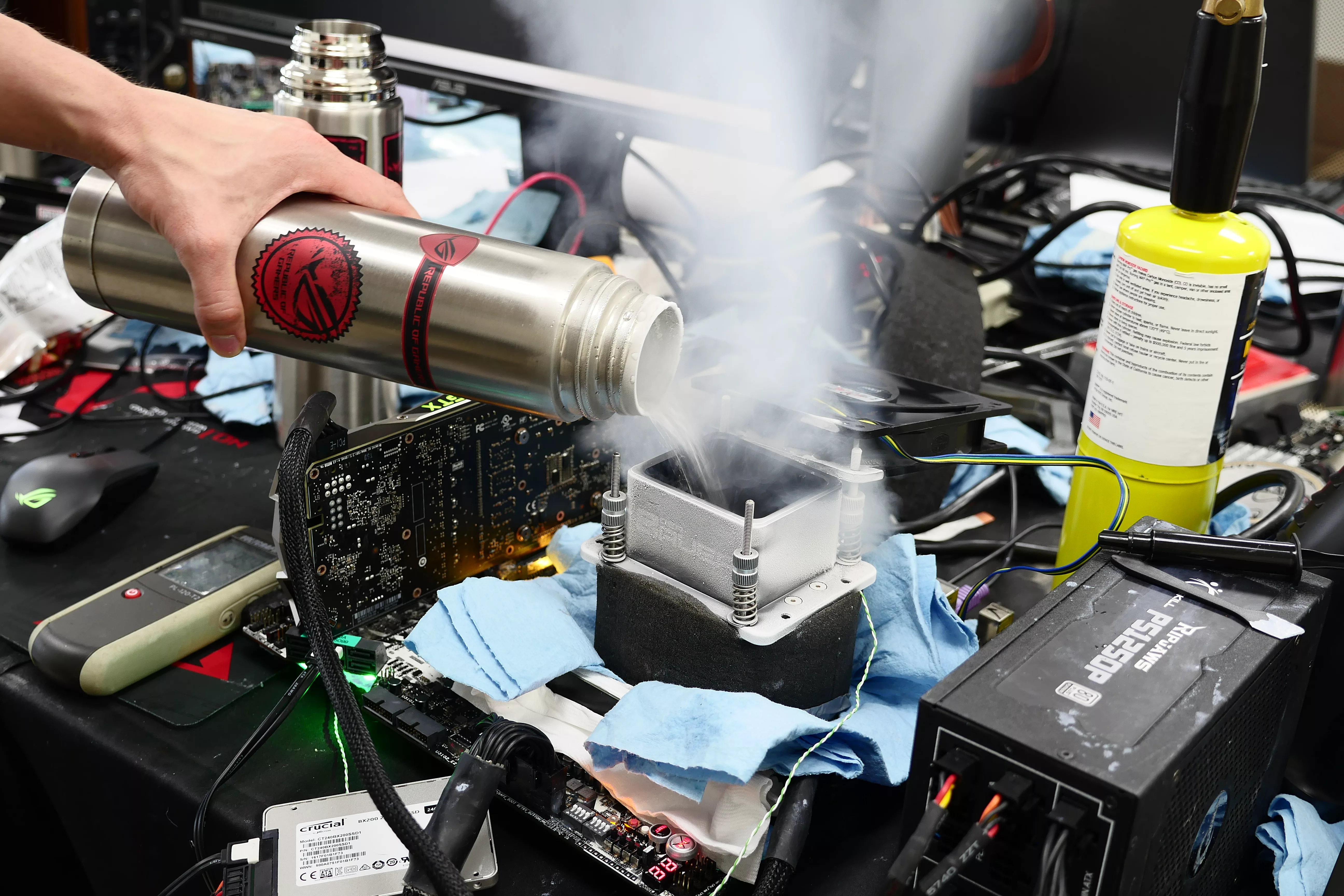
The Rampage VI Apex claims more performance victories with Intel's new Core i9-7940X and i9-7980XE
After dominating extreme overclocking with the first wave of Skylake-X CPUs, we've taken the latest 14- and 18-core models to sub-zero extremes.